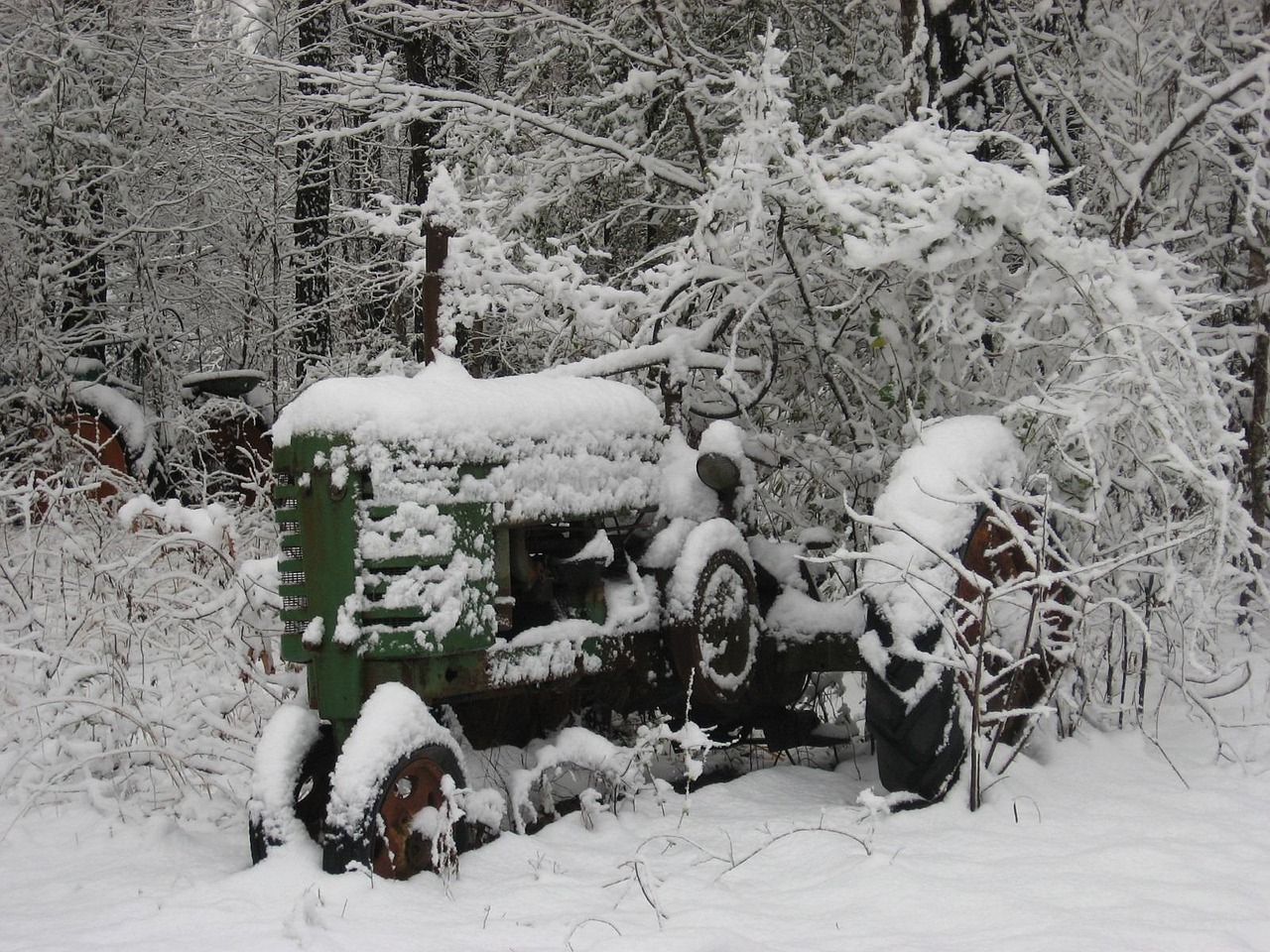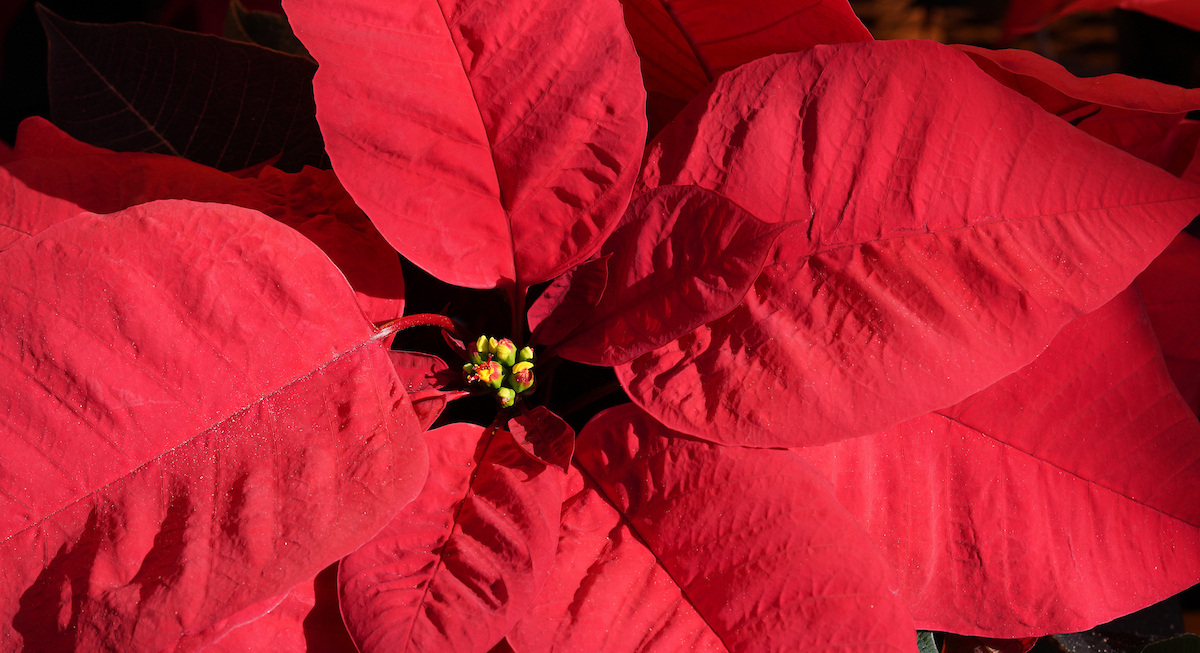The Mother's Day Peony
As the days get longer and warmer, I find myself eager for Mother’s Day to arrive. While the Old Farmer’s Almanac may claim our last spring frost date as May 1st, I’m not planting anything tender until Mother’s Day arrives. But, for the Master Gardeners in the Cottage Garden*, they look forward to Mother’s Day for another reason, the blooming of their beloved fernleaf peony! This peony produces gorgeous flowers early in the peony season, which is why it's often called the Mother's Day Peony. This is an unusual peony you won't find in the typical garden center, but you can find it in the Cottage Garden!
Paeonia tenuifolia (Fernleaf Peony) is a shrubby, herbaceous perennial with finely divided, feathery foliage and eye-catching single flowers, 4 inches across. In the Cottage Garden, their fernleaf peony has been showing off its pink single blossoms for nearly two decades and has outlasted many other plants from the original garden. Blooming for only seven to ten days each spring, the fernleaf peony’s flowers are showstoppers, but the plant is equally loved for its extraordinary fernleaf foliage and heavily dissected leaves.
“Back in the mid to late 1990’s, the Display Gardens (at the Extension Office) had become sort of a hodgepodge of donated plants over the years,” according to long time cottage garden caretaker, Joan LeGrand. “In 2002, the Cottage Garden was gutted, and all plants were labeled and removed.” To truly reflect the Cottage Garden theme, the garden was redesigned, with principles of design and flow of color used to recreate the space. Many edibles and medicinal were added and the garden was supplemented with purchased plants, namely the fernleaf peony and a tree peony. While the tree peony was removed in 2019, the fernleaf peony has kept its vigor with no signs of aging, bedazzling visitors during its short blooming season.
Grown in zones 3 – 8, fernleaf peonies need cold winters to bloom well in the spring, prefer six hours of sun per day, and like all peonies, they prefer fertile well drained soil. What fernleaf peonies don’t like is to be disturbed, moved, or divided. A true heirloom plant, according to the Missouri Botanical Garden, these plants can live for generations without requiring transplanting unless the conditions around the plant change. And while they are not native to Indiana, they are environmentally friendly and are known to attract swallowtail butterflies.
As a true cottage garden, the garden incorporates a variety of plants, which can be seen at different flowering times throughout the year. In 2010 buttercups, bronze leaf fennel, forget-me-nots, coral bells, and, the also famous cottage garden plant, the apothecary’s rose, were added. Also added were baptisia, rose companion, delphiniums, and holly hocks. The climbing holly hock, anchoring the corner of the garden is a long-time resident of the cottage garden, added back in 2001. Seasonally, members also supplement color in the garden by adding annuals throughout the season such as flowering kale to pair with the fall asters.
Led this year by Kathren B. and Vicki L., caretakers of the Cottage Garden also include Joan L., Jeri K., Deb W., and Cheryl T.
Sources
Cottage garden. (2021, March 02).
Fernleaf Peony Care: Learn How to Grow Fernleaf Peonies. (2020, January 31). Dyer, M. H.
The peony: State flower of Indiana. (Revised 5/01). Dana, N.M., & Lerner, B.R.
*View the Fernleaf Peony in the Cottage Garden of the Display Gardens at the office of Purdue Extension – Allen County, 4001 Crescent Ave, Fort Wayne, IN 46815






